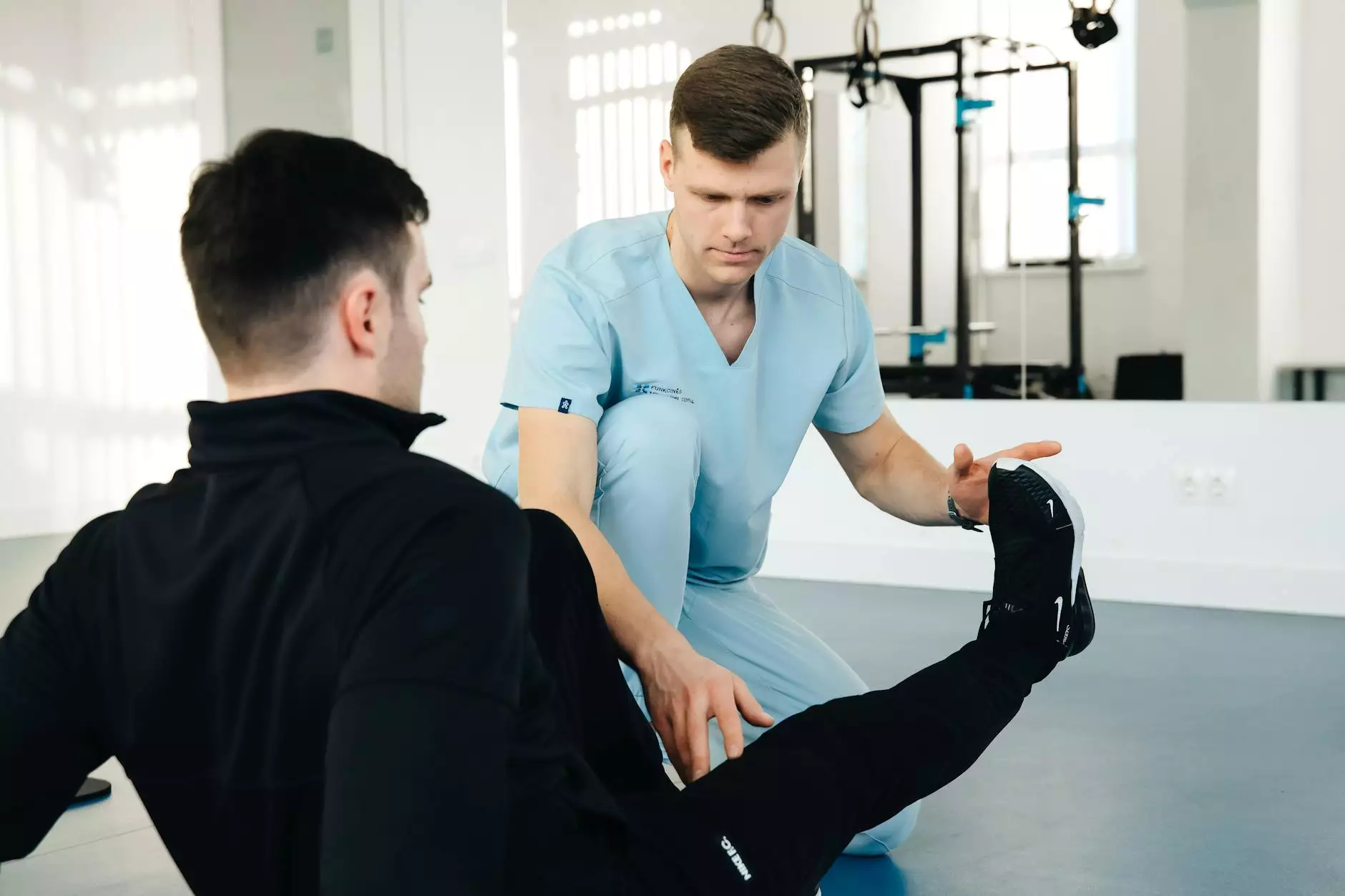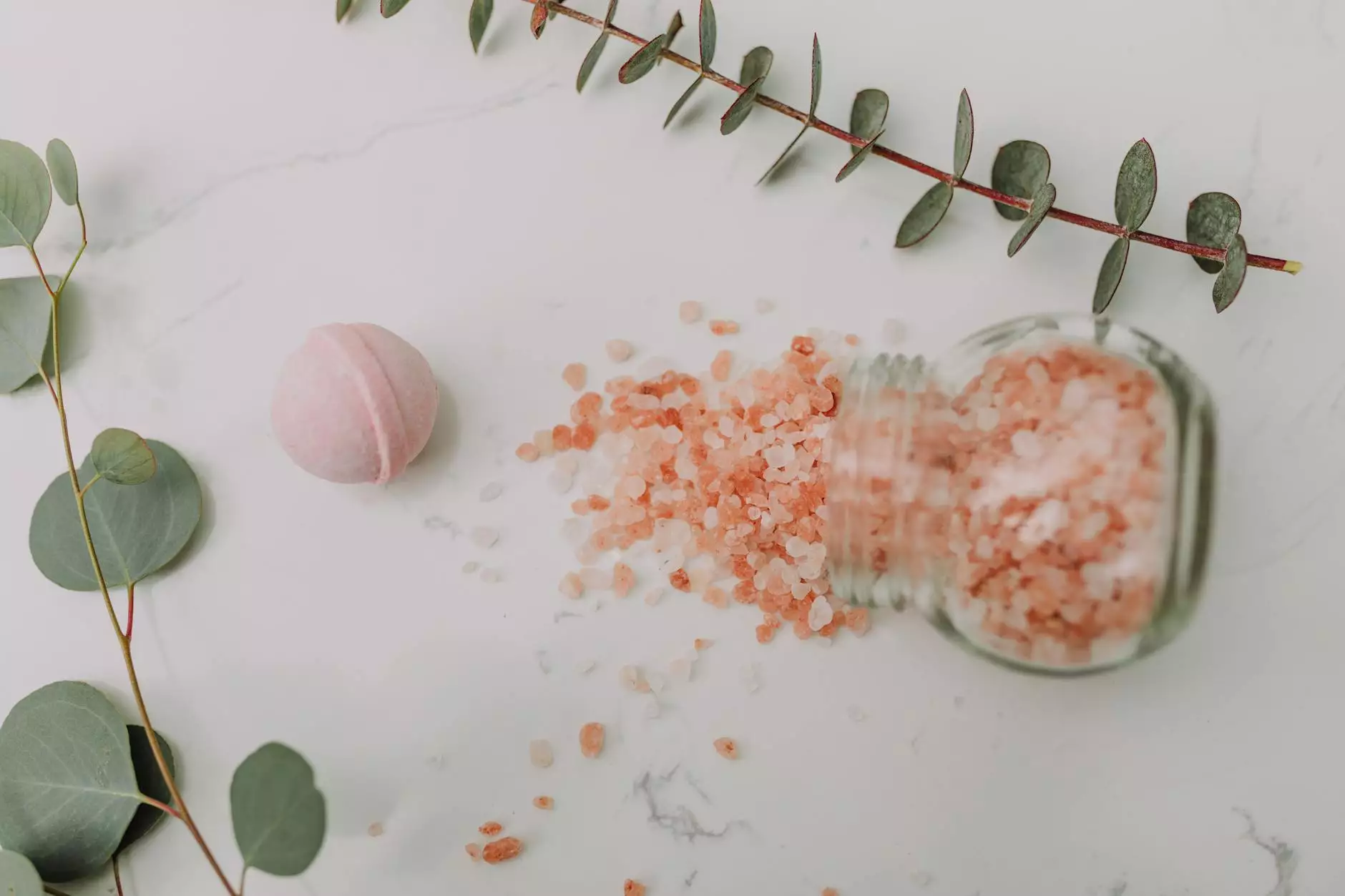Understanding and Treating Excessive Palm Sweating

Excessive palm sweating, medically known as palmar hyperhidrosis, is a condition that affects many individuals across the globe. This condition is characterized by the unmanageable sweating of the palms, often occurring without any apparent triggers. For those who suffer from this condition, it can lead to considerable challenges in both personal and professional settings, causing embarrassment and impacting day-to-day activities. In this article, we will dive deep into the various treatments available for excessive palm sweating, unveiling options that can significantly improve one's quality of life.
What Causes Excessive Palm Sweating?
Understanding the roots of excessive palm sweating is crucial in addressing the condition effectively. The causes can be broadly categorized into primary and secondary hyperhidrosis:
- Primary Hyperhidrosis: This type is often hereditary and starts in childhood or adolescence. It usually affects specific areas, like the palms, feet, and armpits, and is not associated with any underlying health conditions.
- Secondary Hyperhidrosis: This form can be the result of other medical conditions such as diabetes, thyroid issues, or infections. It tends to involve larger areas of the body and typically occurs during sleep. Identifying whether hyperhidrosis is primary or secondary is vital for selecting the appropriate treatment.
Impact on Daily Life
For many, the effects of excessive palm sweating extend beyond physical symptoms. The emotional and psychological consequences can be profound. Consider the following impacts:
- Social Anxiety: Constantly worrying about sweating can lead to avoidance of social situations or physical interactions.
- Professional Challenges: Shaking hands at meetings or handling paperwork can become daunting tasks.
- Skin Issues: Excess moisture on the palms can lead to skin irritation or infections over time.
Available Treatment Options
Fortunately, there is a wide array of excessive palm sweating treatment options available. Below are some of the most common and effective methods:
1. Antiperspirants
Over-the-counter or prescription antiperspirants, particularly those containing aluminum chloride, can be an effective first-line treatment for excessive sweating. These products work by blocking the sweat glands, thereby significantly reducing sweating in targeted areas.
2. Iontophoresis
Iontophoresis is a non-invasive treatment that involves using electrical currents to temporarily shut down sweat glands. During the procedure, hands are submerged in water while a mild electrical current is passed through the water. Patients typically require multiple sessions for optimal results, and maintenance treatments are advised to keep symptoms at bay.
3. Medications
Oral medications such as anticholinergics can be prescribed. These help to reduce sweating by blocking nerve signals responsible for sweat production. However, they may come with side effects, such as dry mouth and blurred vision, so discussing these with a doctor is essential.
4. Botulinum Toxin Injections
Botox injections have been recognized as a viable treatment for excessive palm sweating. The toxin works by blocking the nerves that cause sweating. The results can last for several months, and while the procedure is generally well-tolerated, patients may require repeat treatments to maintain effectiveness.
5. Minor Surgical Procedures
For severe cases, surgical intervention may be an option. One approach is endoscopic thoracic sympathectomy (ETS), a minimally invasive procedure that involves cutting the nerves responsible for triggering sweating. This treatment can provide significant relief; however, potential complications and the risk of compensatory sweating (sweating in other body areas) must be evaluated.
6. Lifestyle Modifications
Beyond medical treatments, certain lifestyle changes can also aid in managing symptoms. Incorporating the following strategies may improve comfort levels:
- Clothing Choices: Wearing breathable fabrics can help reduce overall discomfort.
- Keep Hands Dry: Carrying absorbent cloths or using talcum powder can provide immediate relief.
- Stress Management: Techniques such as meditation, yoga, or deep breathing exercises can help alleviate anxiety levels that might trigger sweating.
When to Seek Professional Help
If excessive palm sweating is interfering with your daily life, seeking professional advice from experienced doctors is advisable. At Neumark Surgery, our expert medical team specializes in diagnosing and treating hyperhidrosis, offering tailored treatment plans that suit individual needs.
Finding the Right Specialist
Choosing the right medical professional is key in managing excessive palm sweating effectively. Consider the following when looking for a suitable provider:
- Experience: Look for a specialist experienced in treating hyperhidrosis.
- Consultation: Schedule a consultation to discuss symptoms and treatment options without pressure or commitment.
- Reviews: Explore patient reviews to gauge satisfaction and outcomes.
Conclusion
While excessive palm sweating can pose considerable challenges, understanding the treatment options available is the first step toward reclaiming confidence and comfort. From antiperspirants and iontophoresis to advanced procedures like Botox and surgery, there are myriad approaches to manage this condition effectively.
Don’t let excessive palm sweating dictate your life. Reach out to professionals at Neumark Surgery for further information and personalized treatment plans that align with your lifestyle and needs. Start your journey towards a sweat-free future today!









